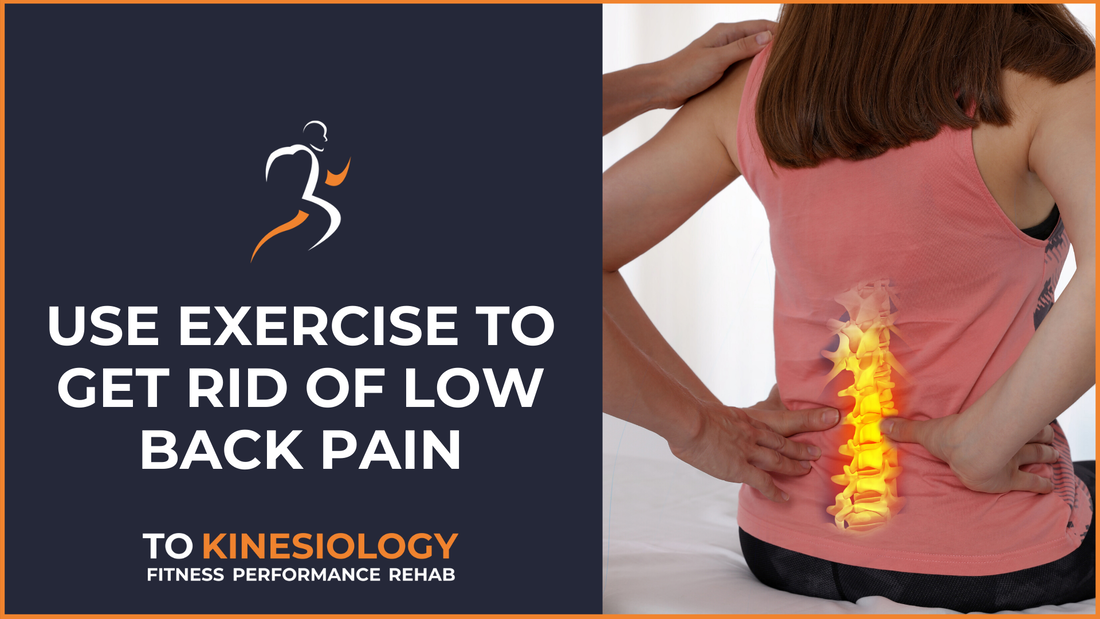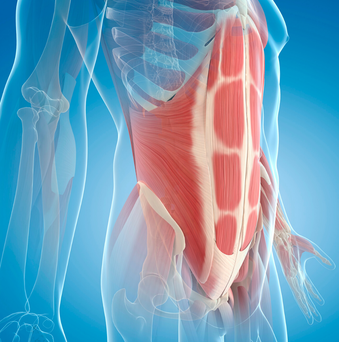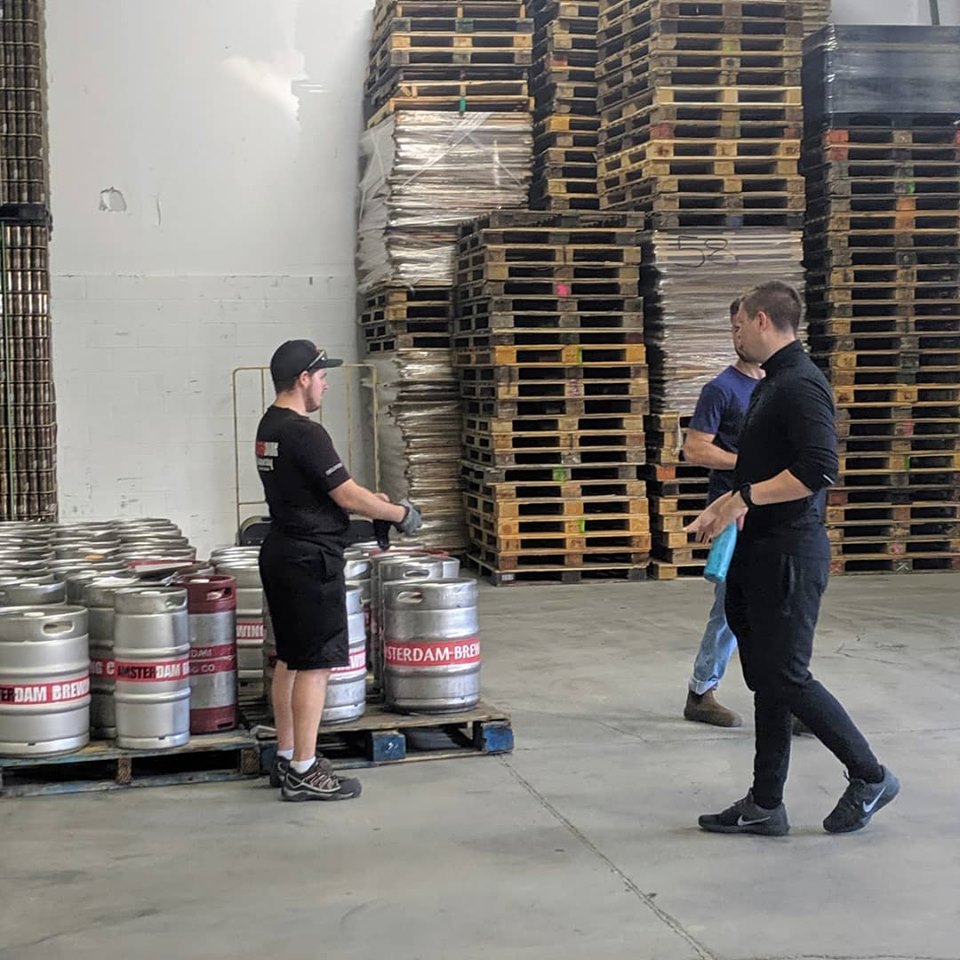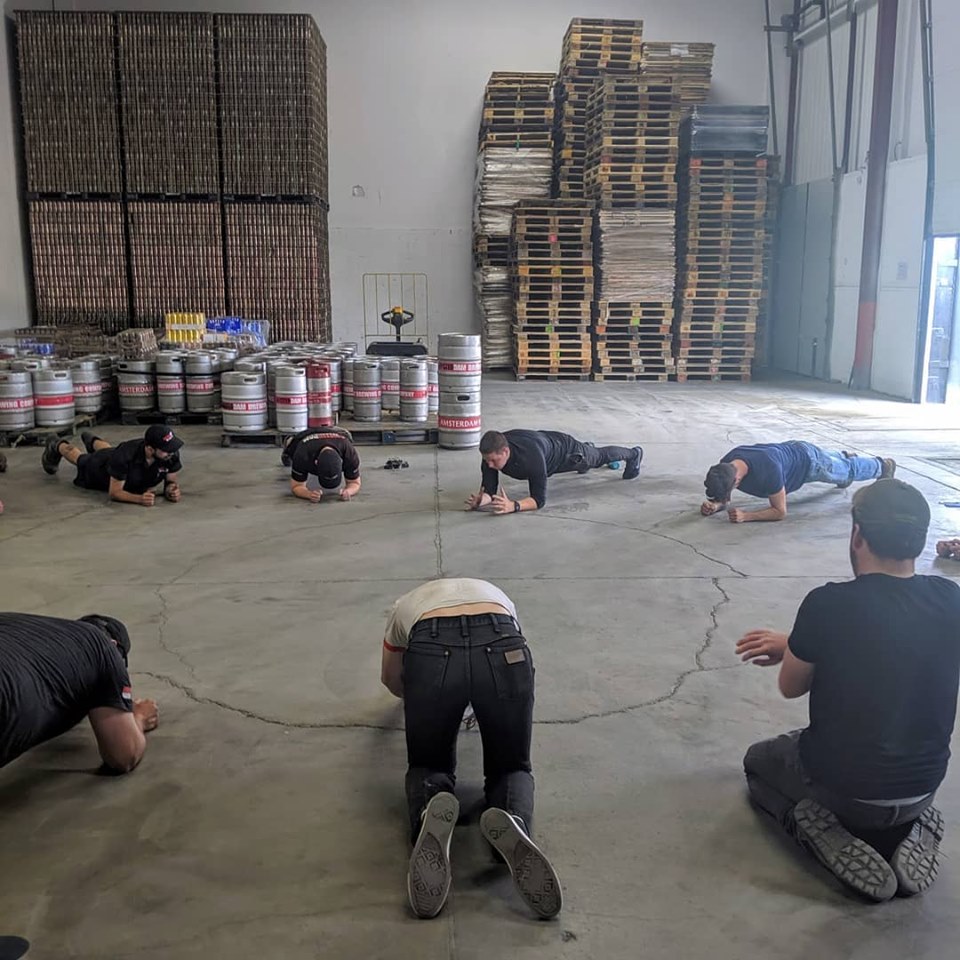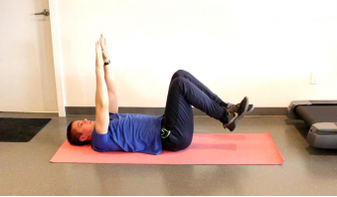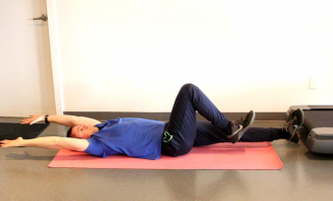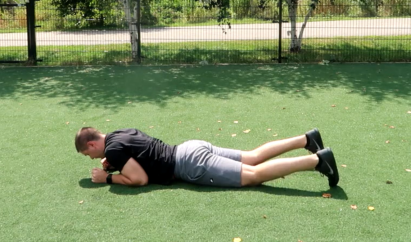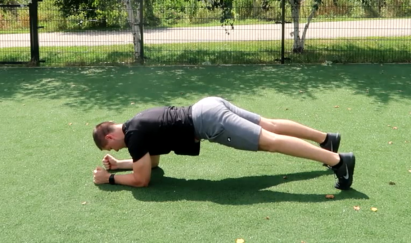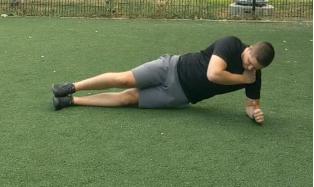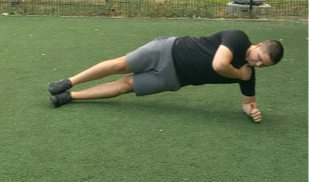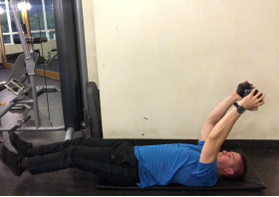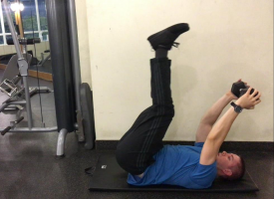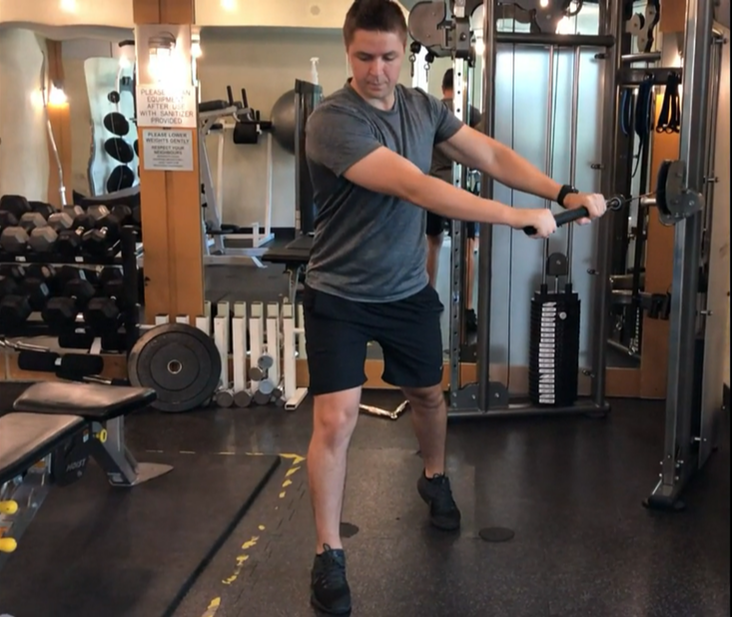|
written by: Nem Low back pain is one of the most common health complaints. As much as four out of five adults will experience significant low back pain at some point in their lifetime. There are many causes of low back pain, however, the most likely cause of low back pain is muscle or ligament strain and a general lack of movement. Before we start talking about ways you can fix your low back pain, it's important to make sure you are not suffering from something more serious that needs an immediate medical attention. Kinesiology is an effective treatment for most low back issues, but we first need to make sure you don't have any "red flags" present. If you recently injured your back and are currently experiencing any of the following symptoms, please consult your physician right away:
If you are not experiencing any of the previously mentioned symptoms, it's likely that you are dealing with a minor ligament strain. When ligaments get strained or overstretched they cause pain and unlike muscles, they take longer much longer to heal. Ligament strain most commonly occurs due to:
POOR LOW BACK FITNESS When we move, muscles contract to produce movement, but they are also crucial to maintain joint stability and adequate form to prevent joint damage. When muscles get fatigued or they cannot produce enough tension to maintain good form, ligaments take over and as a result ligaments get overstretched which then causes pain. Since core and low back muscles work in tandem to keep low back healthy and strong, it become clear that we need to emphasize these muscles to stay fit to protect ligaments. However, this doesn't mean that we should only train core and low back. It's important to train body as a whole to prevent imbalances, but our focus should be on the core and low back since this muscles have a direct influence on low back health. Low back and core muscles work together to stabilize the spine and allow proper movement. In fact, low back muscles are classified as core muscles because of their close relationship with other core muscles. Many people think of core as a six pack or this one specific muscle they need to strengthen when actually core consist of all muscles that run the entire length of your torso. We have core muscles on the front, back and side of the torso working together to stabilize the spine, shoulder girdle and pelvis. This provides a stables base of support for your arms and legs to produce powerful pressing, throwing, jumping and pulling movements. POOR BIOMECHANICS Having strong muscles is only a part of an equation to keeping low back strong and pain-free. Even the strongest people get injured. Knowing how to use our muscles is just as important. As kinesiologists, we teach our clients how to perfect foundational movement patterns like squat, hinge, push, pull, carry and lunge. From here, we add different variations of these movements which furtner expands our clients' movement repertoire. This means when they encounter some variation of these movements during their normal daily activities, they will know exactly how to move to protect their low back and avoid re-injuring ligaments. INACTIVTY Sedentary behaviour and inactivity is one of the most significant predictors of low back pain. In other words, individuals who sit a lot and don't move much, are more likely to experience some type of low back pain compared to physcially active individuals. How much physical activity is enough? Try to accumulate at least 150 minutes of moderate- to vigorous-intensity aerobic physical activity per week, in bouts of 10 minutes or more. Aerobic activities include walking, cycling, running, swimming and dancing for example. If you can meet these recommended physcial activity targets, remember that some activity is better than none. Do as much as you can at the moment and slowly build over time. Nem's workshop at Amsterdam Brewery on a topic of low back strengthening and injury prevention. HOW TO IMPROVE LOW BACK AND CORE STRENGTHTo build a strong and functional core, you want to include a variety of exercises that challenge the core muscles in different ways. Include movements such as trunk bending (e.g. crunches), holds (e.g. front plank, side plank) and rotations. Depending on your current fitness levels and pain intensity, you might need to start with core exercises performed lying down and focus on proper motor control and activation first before moving to more advanced core variations. You’ll need to learn what the neutral position really is and what it feels like to have this neutral spine position. Performing a variety of exercise lying down like dead bugs, McGill crunch and learning how to “draw in” will teach you just that. From here you’ll move to different plank variations like a front plank and side plank. Once these exercises become easy, you’ll move to more advanced plank variations where you’ll learn to properly brace your core and keep proper spinal alignment while moving arms and/or legs. For example, try holding a front plank position and then lifting opposite leg and arm at the same time. Do you tilt to one side? Are you able to keep balance and keep whole body relatively straight? At this stage we can start to include standing and half kneeling positions that involve resisting external resistance. An example of this exercise is pallof press where you obliques and other core muscles resist trunk rotation. And finally the last stage of core conditioning include dynamic exercises performed at varying speeds and using external objects like medicine balls and dumbbells. Some examples include standing cable rotations and half kneeling medicine ball throws.
|
- Home
- About
-
Pricing/Services
- FITNESS STUDIO/CLINIC PERSONAL TRAINING
- Mobile & In-home Kinesiology & Personal Training
- Reformer pilates in Toronto
- Physiotherapy
- Online Personal Training and Kinesiology >
- 3D Body Mapping
- InBody Test
- Ultrasound Body Composition Assessment
- Metabolism test - Toronto
- V02 Max and Metabolism testing - Toronto
- Medical Fitness Testing
- Spirometry (lung function)
- Rent gym in Toronto
- Fitness classes
- Corporate wellness and fitness in Toronto
- Client Reviews
- Blog
- Members
- Contact
AboutProfessional personal training by kinesiologists in Toronto specializing in joint/muscle issues and medical conditions. We'll help you reach your health and fitness goals while managing your condition to move, feel and perform at your best. Private studio, in-home/mobile and online coaching options available. Aside from quality and reliable service from trusted health professionals, working with kinesiologists in Ontario means you might be eligible for a full or partial refund on our services.
|
|
@2024 TO KINESIOLOGY INC. ALL RIGHTS RESERVED
115 WOLSELEY STREET, M6J 1K1, TORONTO, ON
115 WOLSELEY STREET, M6J 1K1, TORONTO, ON

